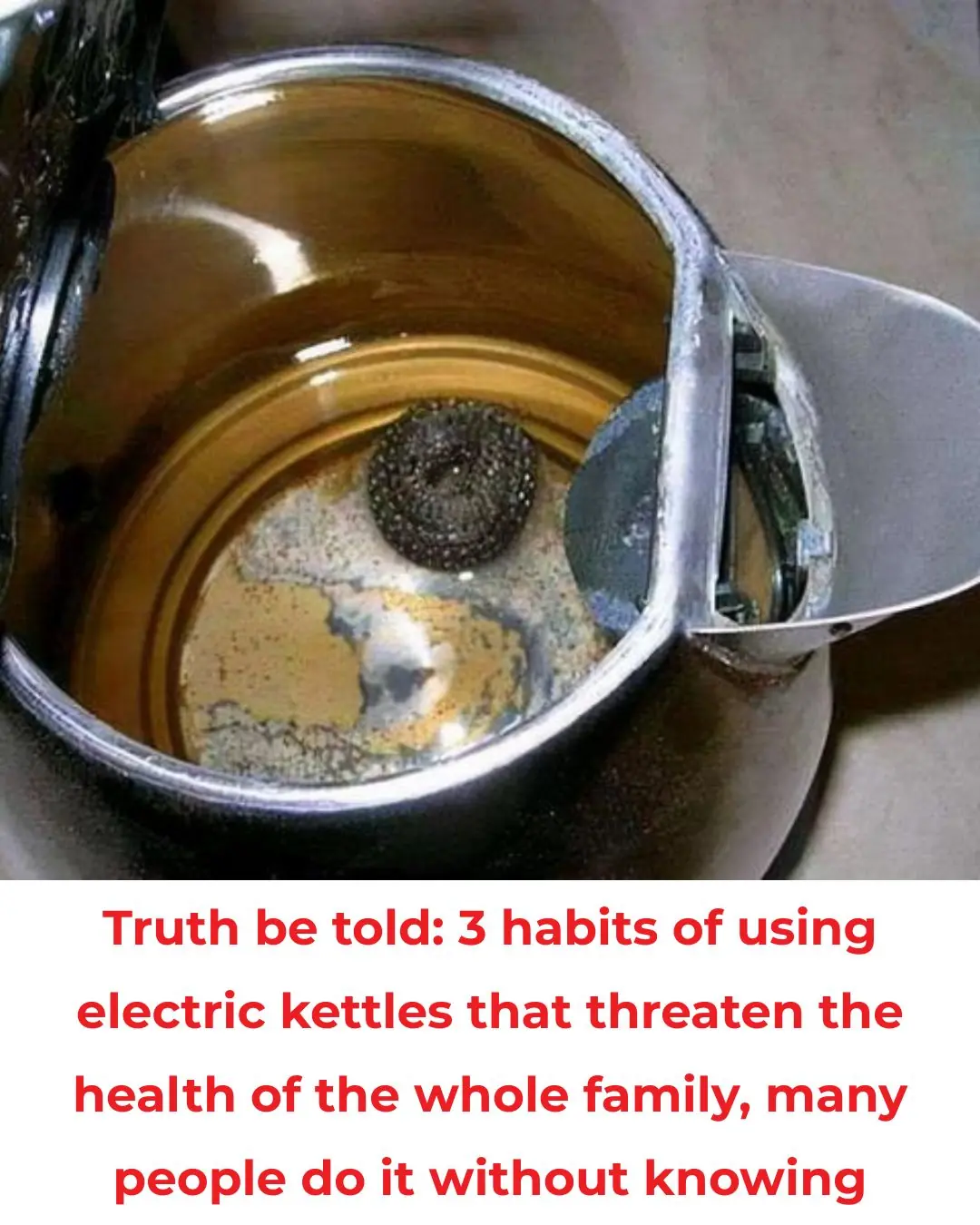
Just look at this point on the crab shell, 100% meat is enough to fill your teeth, husband and children praise it endlessly

Just by Looking at This One Spot on a Crab’s Shell, You Can Tell If It’s Full of Meat!
It turns out that you don’t need to be an experienced seafood buyer to pick out a delicious, meaty crab. In fact, there’s one simple trick that can help you tell whether a crab is full of meat or disappointingly hollow—just by looking at the shell!
Why Crabs Are So Popular
Sea crabs are one of the most sought-after seafood delicacies. They’re naturally sweet, packed with nutrients, and can be cooked in countless mouthwatering ways—from steamed and grilled dishes to savory crab soups and curries. For seafood lovers, a trip to the beach often feels incomplete without buying a few fresh crabs to take home.
However, not all crabs are created equal. If you don’t know how to choose the right ones, you might end up with soft, watery crabs that have very little meat inside. These crabs shrink noticeably after cooking, leaving you disappointed and feeling like you wasted your money. Worse, some might have been caught days earlier and are no longer fresh, making their flavor and texture far less appealing.
Luckily, there’s a quick and easy way to tell whether a crab is fresh and full of meat—simply by observing the crab’s shell (carapace).
1. Check the Shell (Carapace)
Look closely at the crab’s shell. If you see fine veins or ridges and slightly raised areas, this indicates that the crab is older and well-developed, which means the meat inside will be firm and tasty. The shell of these crabs often has a slightly yellowish tint, suggesting maturity.
You can also test it by gently pressing on the shell and the body. If both feel solid and firm, the crab is likely full of meat. Avoid crabs with greenish shells or ones that feel soft, spongy, or brittle—these are usually underfed, low in meat, or even beginning to spoil.
2. Observe the Crab’s Apron (Abdomen Flap)
Another easy method is to check the crab’s apron (the triangular flap on the underside). If the shell under the apron looks grayish and dull, and pressing on it feels hard and solid, the crab is likely meaty and fresh.
Crabs with large, firm aprons often have a lot of meat. Experienced seafood sellers recommend picking male crabs—you can identify them by their narrow, pointed aprons shaped like a triangle. Male crabs tend to have more meat than females, whose aprons are broader and rounder.
3. Test for Freshness and Movement
Always choose crabs that are active and responsive. Their legs and claws should move vigorously when touched. The spines on the claws and shell should still feel sharp and intact, which is a good indicator of freshness.
A sluggish or weak crab, or one with missing legs or claws, is likely to be old or dying and should be avoided.
4. Examine the Claws and Joints
Look at the joints between the legs and claws. Fresh crabs usually have reddish-pink or dark pink coloring around these joints. This subtle hue shows that the crab was recently caught and hasn’t been sitting in storage for too long.
5. Notice the “Silk Skin” (Soft Layer)
Crabs with smooth, glossy “silk skin” on their undersides are usually fat and juicy. In contrast, crabs whose skin looks wrinkled or dry are often weak or have been tied up for days, losing much of their natural moisture and meat. A shiny surface is a strong sign of freshness.
Why Are Crabs Always Sold with Their Claws Tied?
If you’ve ever bought crabs at a market or supermarket, you’ve probably noticed that their claws are always tied with strings or fabric. While it’s true that the main reason is to prevent the crabs from pinching people or damaging each other, there’s a lot more behind this practice than most people realize.
1. Preventing Claw Breakage
Crabs are often tied to prevent their claws from breaking off. Broken claws make crabs look less appealing, and many buyers avoid them even if the meat is still good. During transport, the crabs bump into each other, so tying them helps reduce damage and keeps them looking attractive to buyers.
2. Manipulating the Weight
Unfortunately, some sellers use this practice to cheat customers. By tying the crabs with thick, heavy, water-soaked fabric or rope, they can increase the crab’s total weight. Some buyers have discovered that after removing the strings, the crab weighs half as much as when they bought it!
For example, one buyer shared online that his mother bought a crab weighing 900 grams, but after removing the ties, it only weighed about 500 grams. At 500,000 VND per kilogram, that’s like paying extra for a handful of wet rags! It’s a common trick that can easily fool unsuspecting shoppers.
3. Ensuring Customer Safety
There’s also a legitimate reason for tying the claws: safety. Crabs have incredibly strong pincers that can cause serious pain—or even injury—if they grab your hand. Sellers often tie the claws tightly to protect both themselves and their customers during handling.
4. Concealing Low-Quality Crabs
In some cases, the strings and cloth wraps are used to hide defects. Unscrupulous sellers may mix in thin, watery, or dying crabs with fresh ones. By tying thick fabric around the crab’s body, they obscure the shell so buyers can’t clearly inspect it. If you’re not observant, you might end up taking home crabs that are far from fresh.
Tips for Buying the Best Crabs
Here are a few final tips to make sure you always bring home the freshest, meatiest crabs:
-
Smell test: Fresh crabs should have a mild ocean scent. A strong fishy or ammonia smell means the crab is no longer fresh.
-
Firmness: Press the crab’s abdomen (apron area). It should feel hard and springy, not soft or mushy.
-
Activity: Choose crabs that are still moving or reacting. Lively movement equals freshness.
-
Avoid broken claws or missing legs: These crabs are likely weak or have been handled roughly.
By keeping these small details in mind—especially the clues on the crab’s shell—you’ll never be tricked into buying watery or stale crabs again. Instead, you’ll be rewarded with firm, flavorful meat that makes every crab dish taste like a seaside feast.
News in the same category


Drinking coffee adds one more thing: No worries about discolored teeth or bad breath
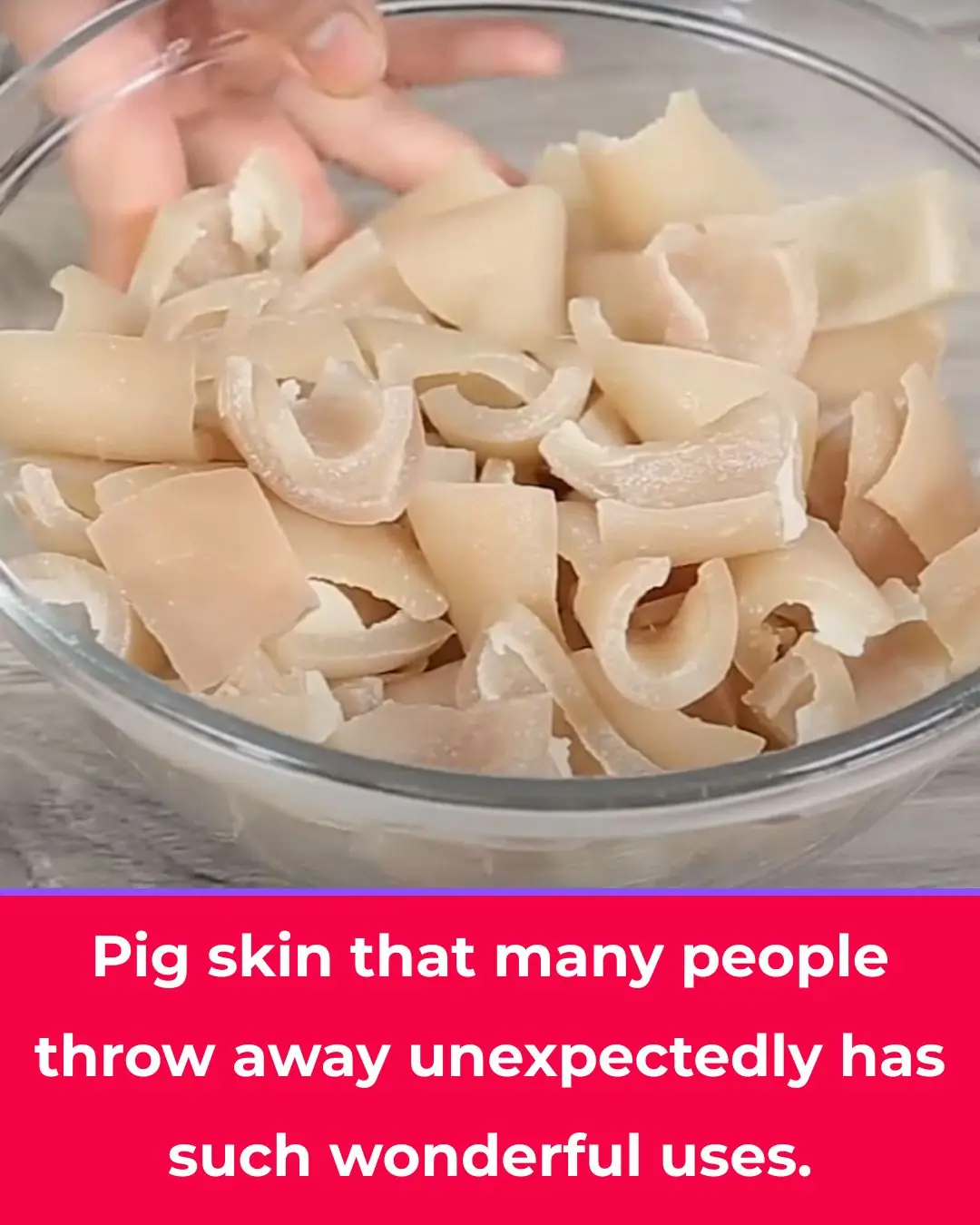
Pig skin that many people throw away unexpectedly has such wonderful uses

American doctor shows how to remove pesticides and dirt from fruits, just a few steps to reduce illness for the family

5 mistakes when drinking coffee that are harmful to your health: Especially the second type, quit immediately before it's too late
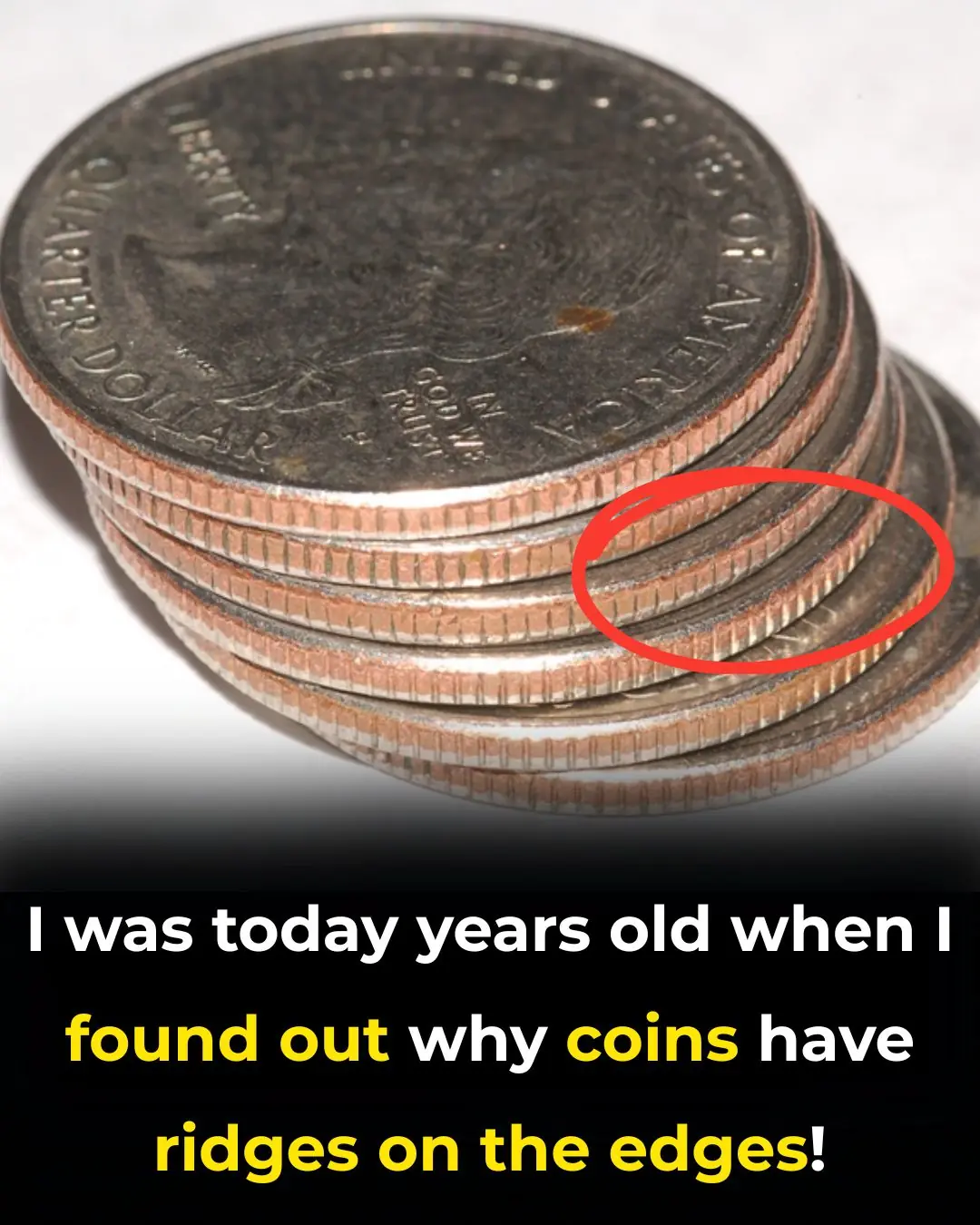
I was today years old when I found out why coins have ridges on the edges!
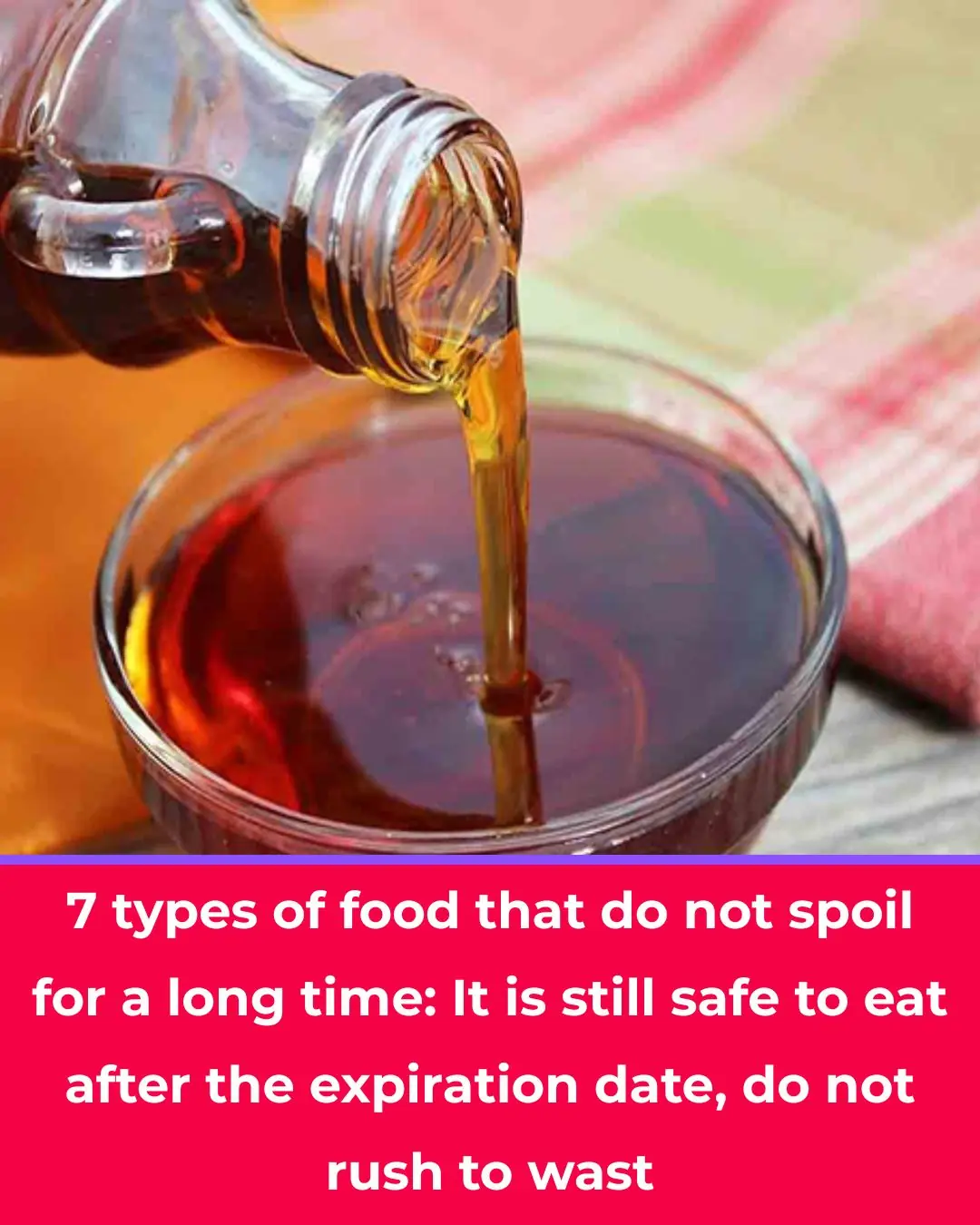
7 Foods That Don’t Spoil Easily: Still Safe to Eat Even After the Expiry Date
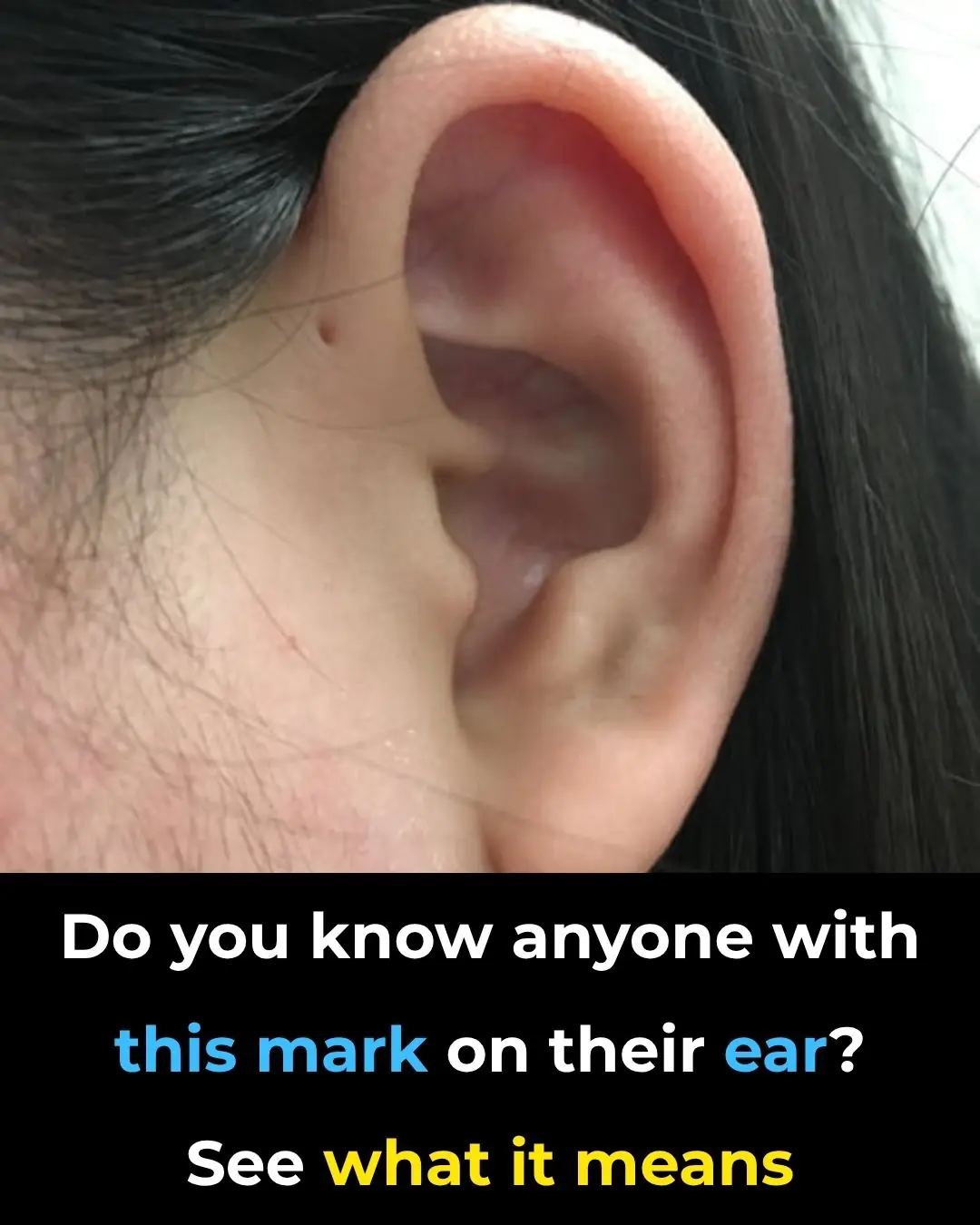
Here is what this little hole on the ear mean

Why You Should Never Pour Hot Water Into The Sink
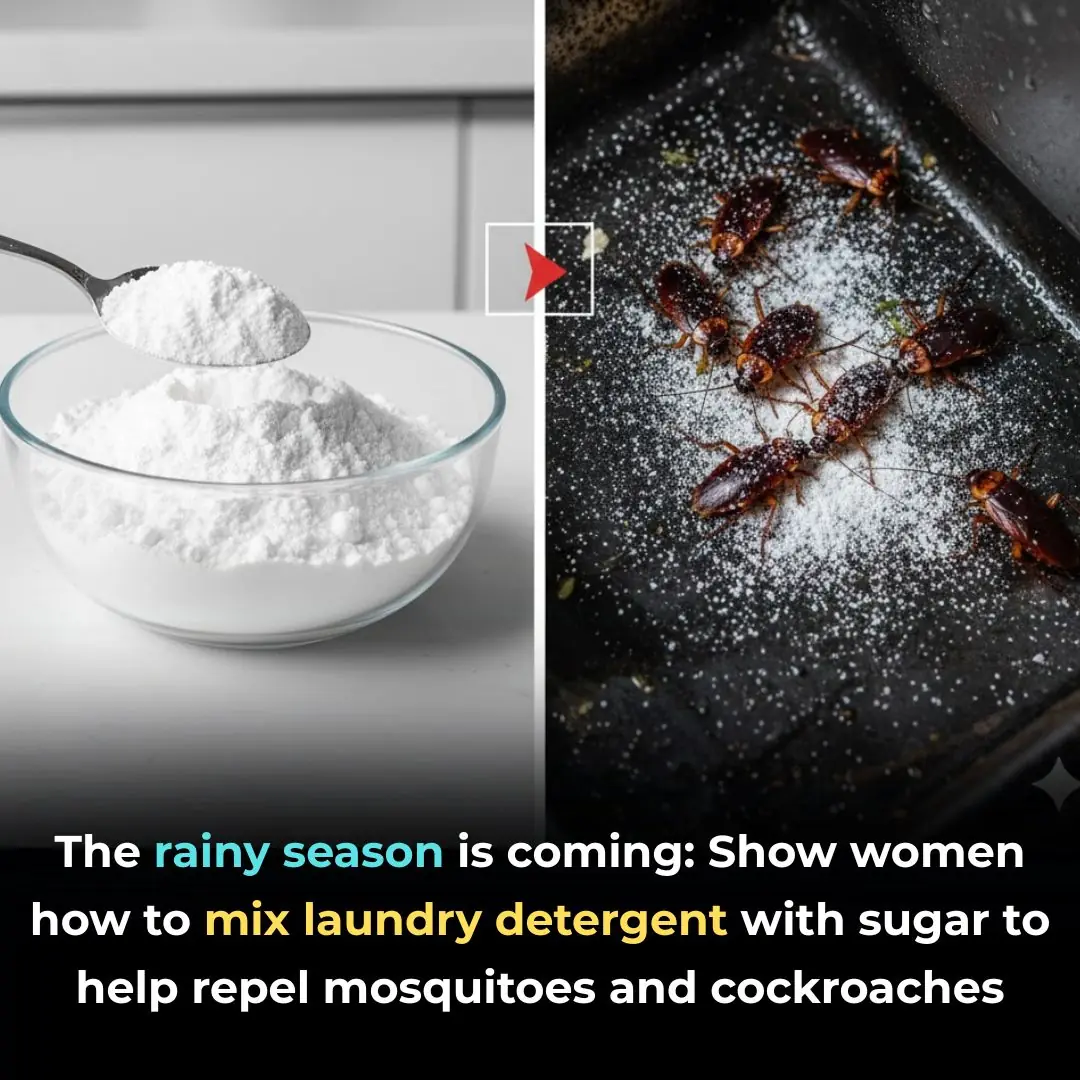
The rainy season is coming: Show women how to mix laundry detergent with sugar to help repel mosquitoes and cockroaches
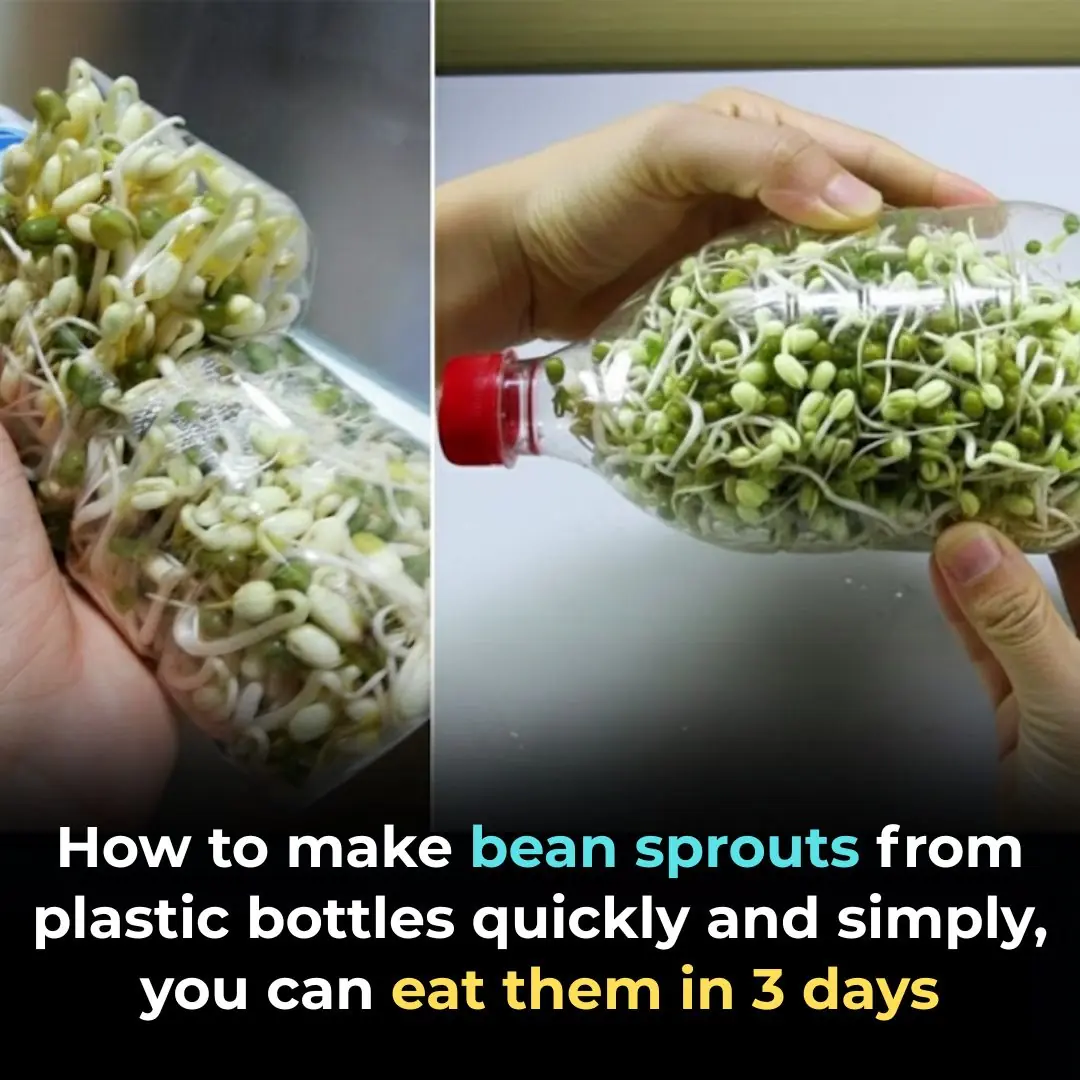
How to make bean sprouts from plastic bottles quickly and simply, you can eat them in 3 days
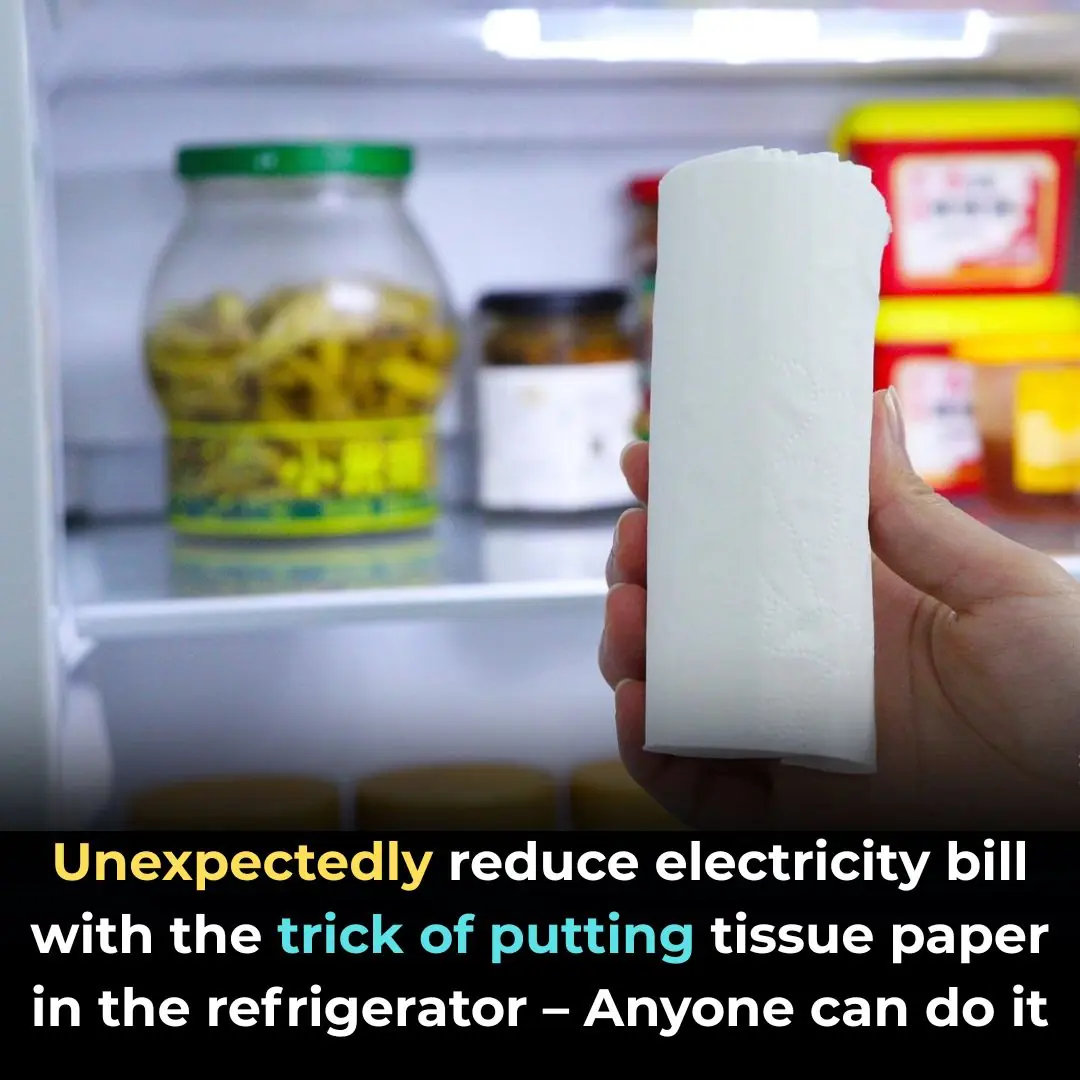
Unexpectedly reduce electricity bill with the trick of putting tissue paper in the refrigerator – Anyone can do it

Super cheap, super clean drain cleaning tips using only ingredients in the kitchen without needing a plumber

One week after applying this method, cockroaches, ants and mosquitoes no longer appeared in my house.

No Matter How Dirty You Are, Absolutely AVOID These 7 “Dangerous Hours” When Washing Your Hair to Prevent Stroke, Sudden Illness, or Hospitalization Without Warning
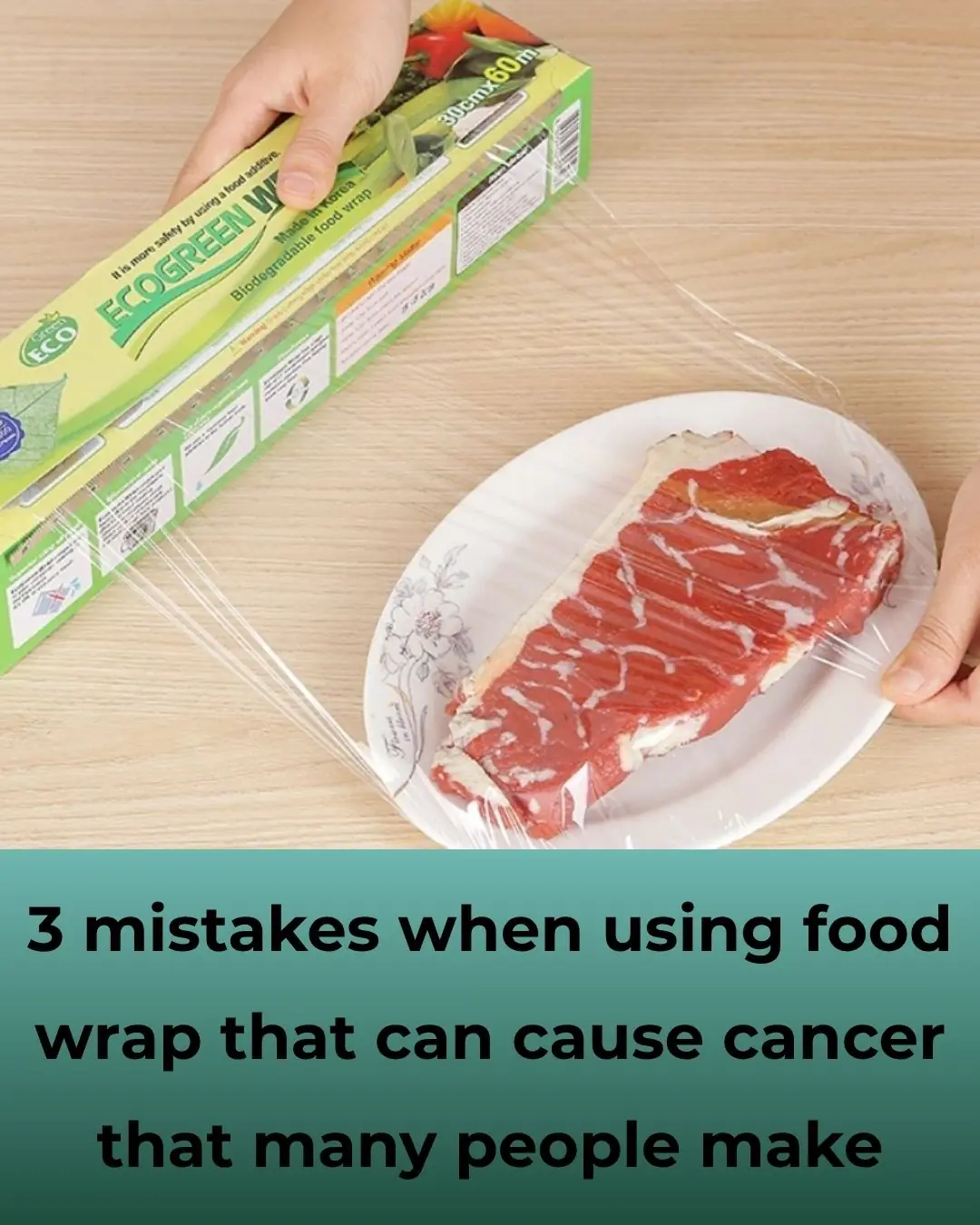
3 Common Mistakes When Using Plastic Wrap That Can Cause Cancer and Are Often Made by Many People
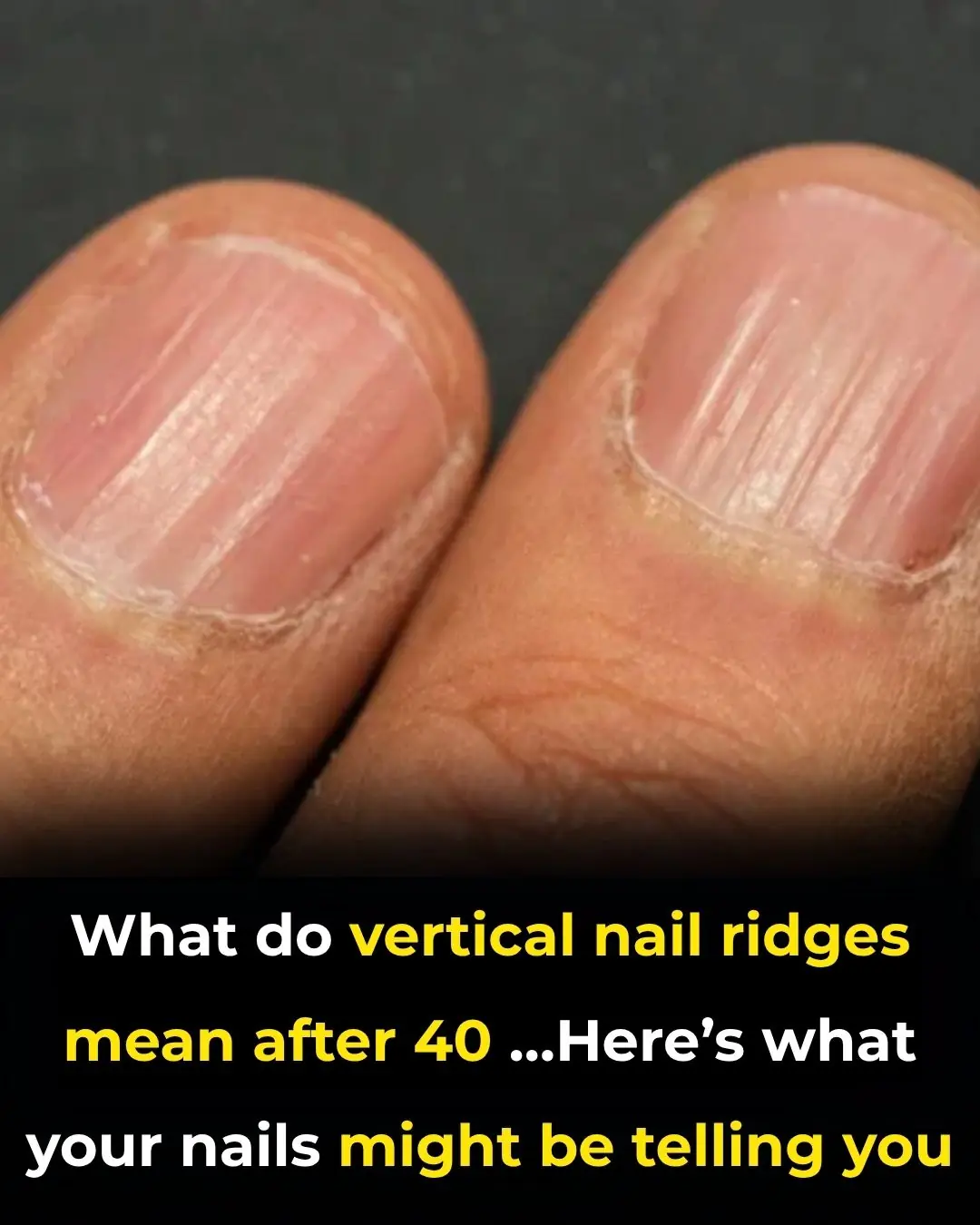
What Do Vertical Nail Ridges Mean After 40

What Your Favorite Ice Cream Flavor Says About You

Eggplant The King of Vegetables
News Post
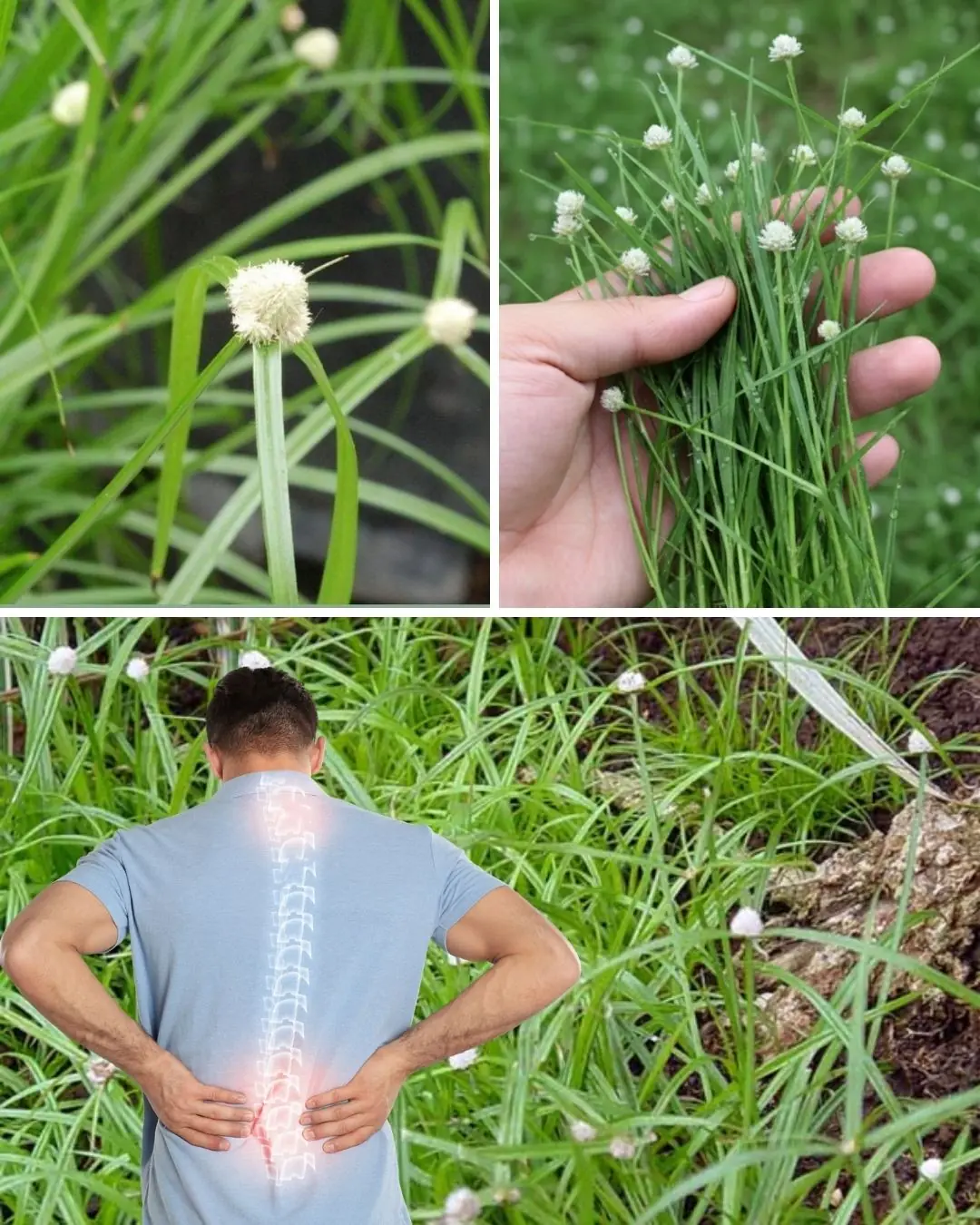
Cyperus Rotundus: The Ancient Herb with Modern Healing Power

Euphorbia Hirta: 9 key health benefits of this versatile plant
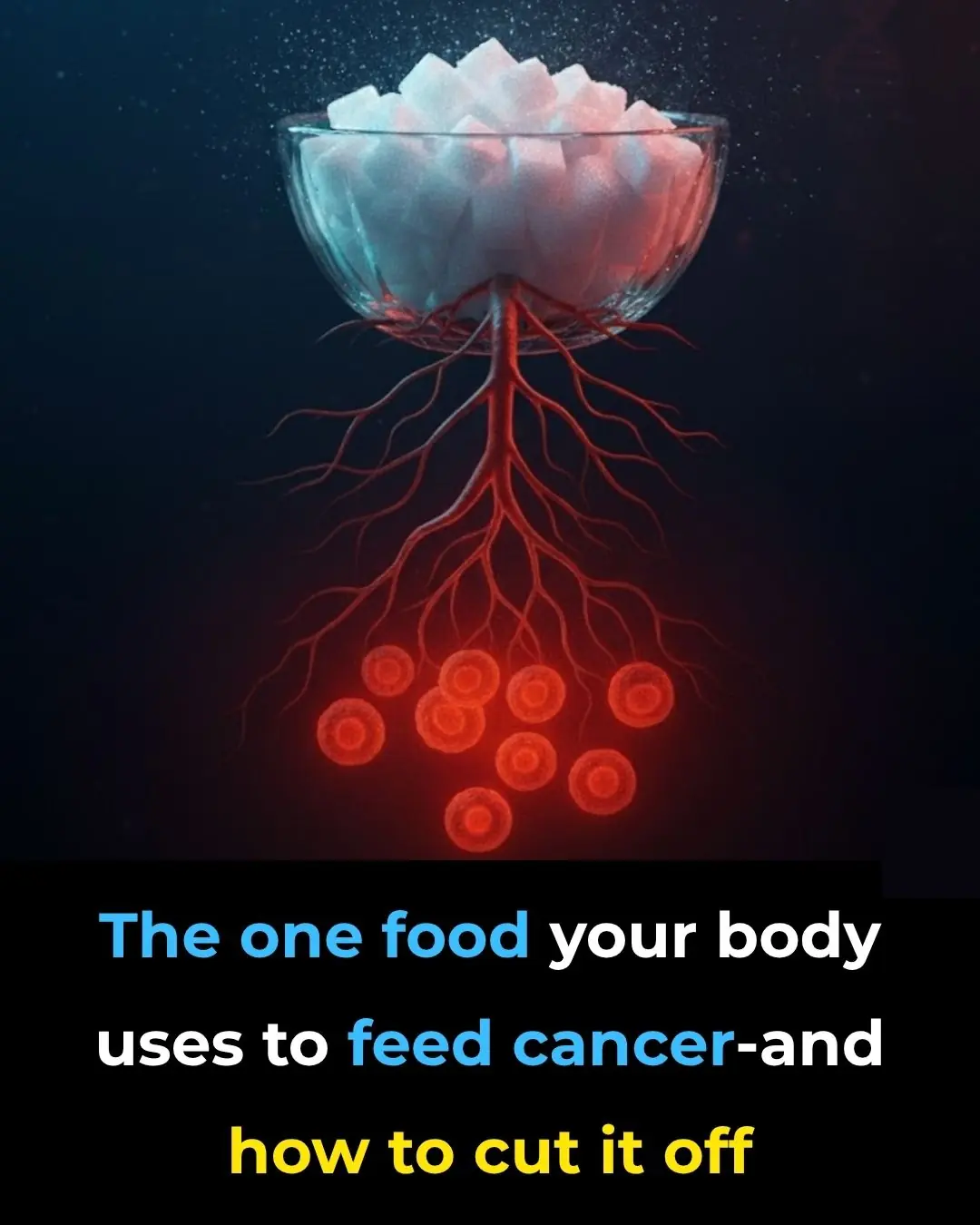
Here’s How to Starve Cancer to Death By Removing One Thing From Your Diet

This Super Tea Kills Parasites And Cleanses The Body of Toxins

Your pancreas could be ‘silently inflamed’ right now and you’d never know until it’s too late
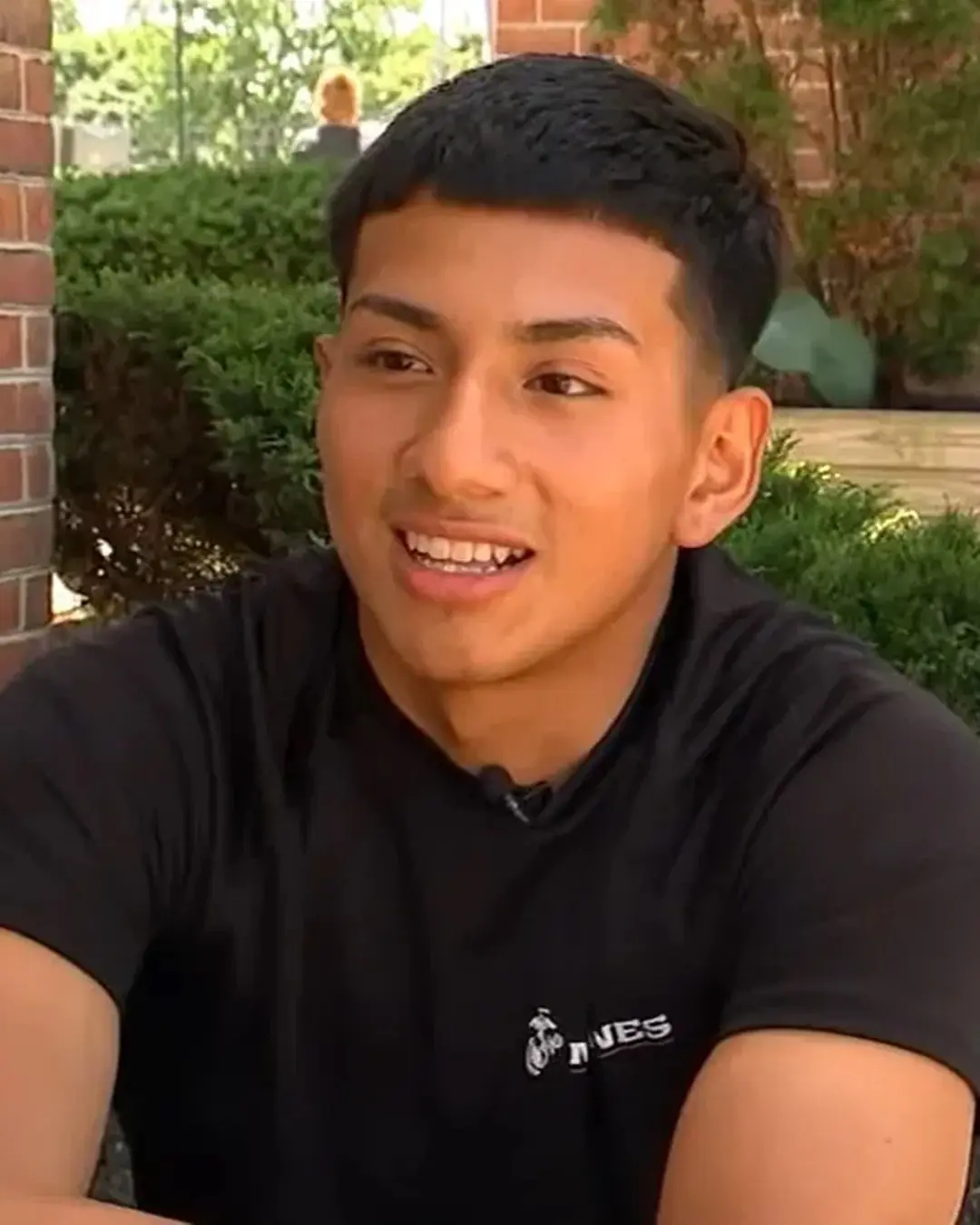
A Teen’s Dive Into Darkness.

The Tiger and the Goat: A Friendship That Defied Nature.
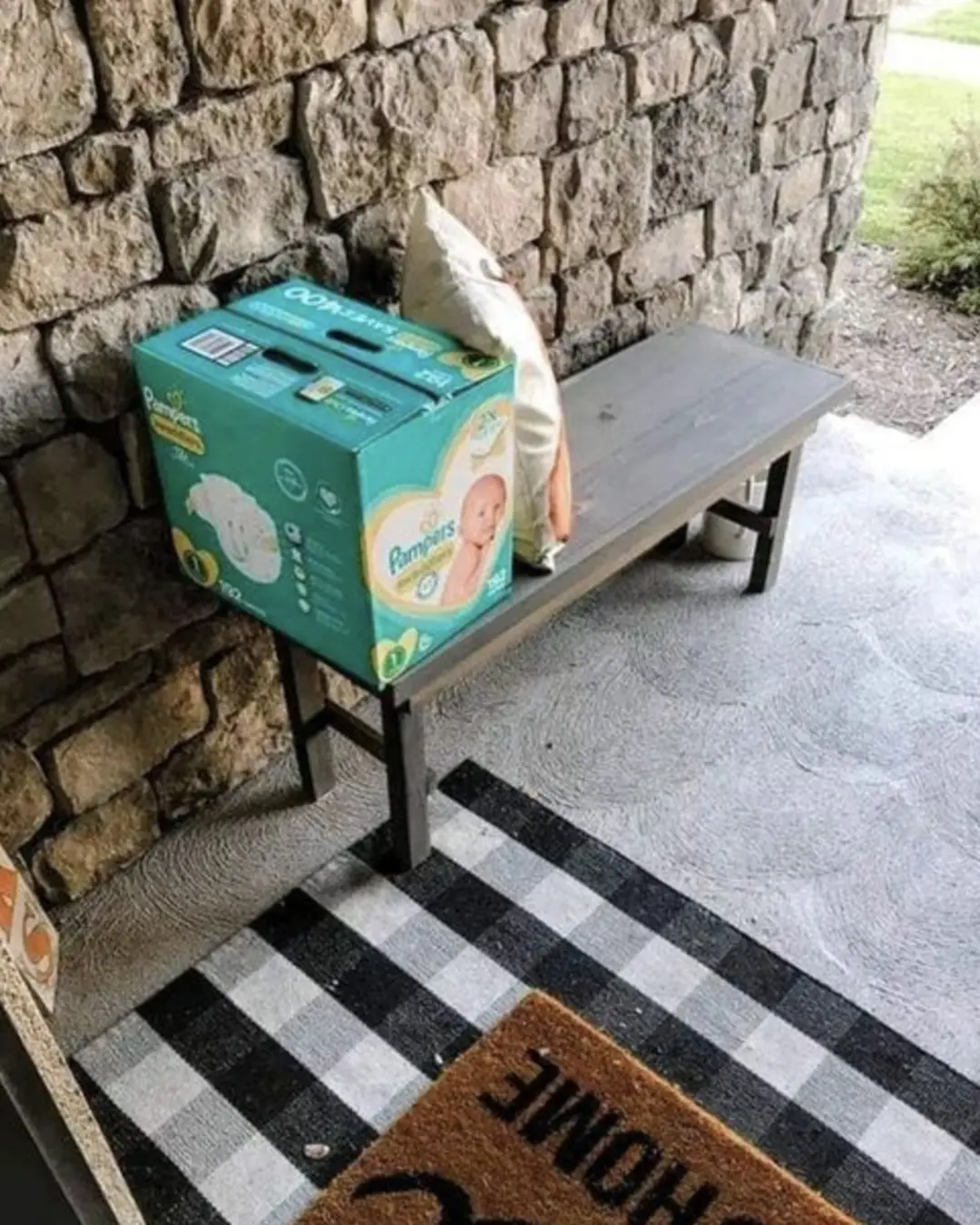
A Pack of Diapers, A Lesson in Love.
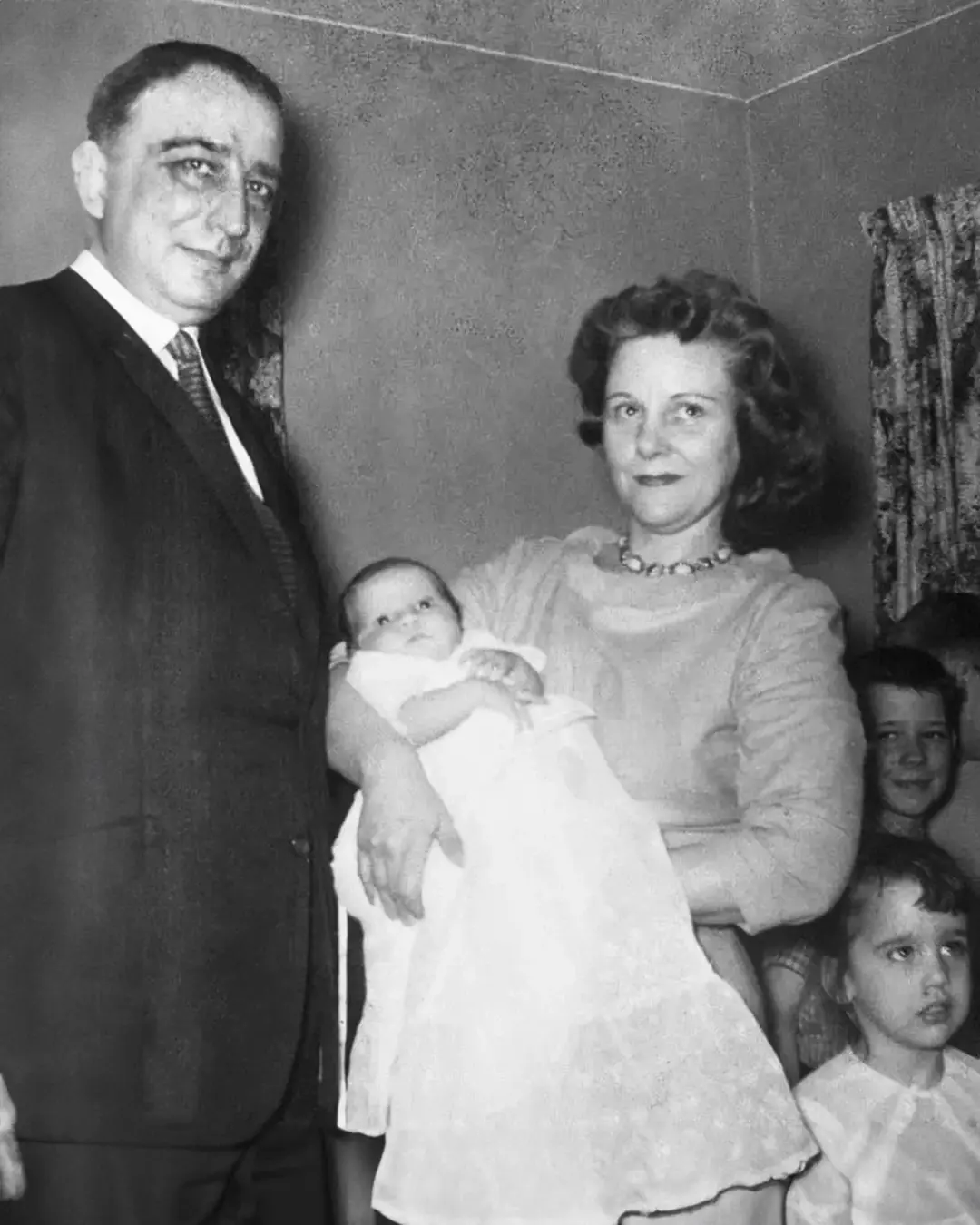
The Price of Courage: The Story of Viola Liuzzo, the Mother Who Died for Freedom.
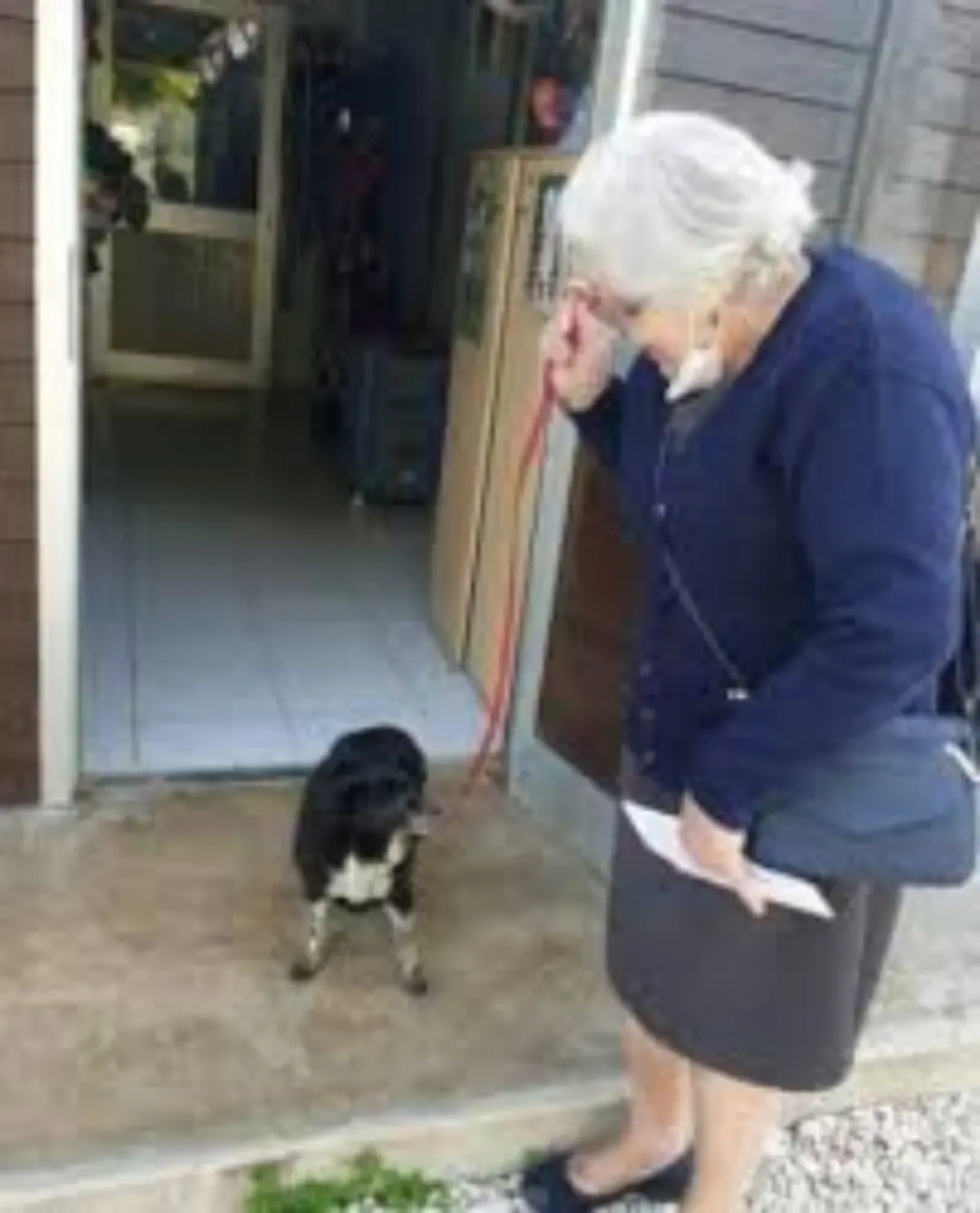
Love Without Age: An Elderly Woman’s Journey to Her Perfect Companion

A Teen’s Compassion Restored the Smile of a Broken Boy
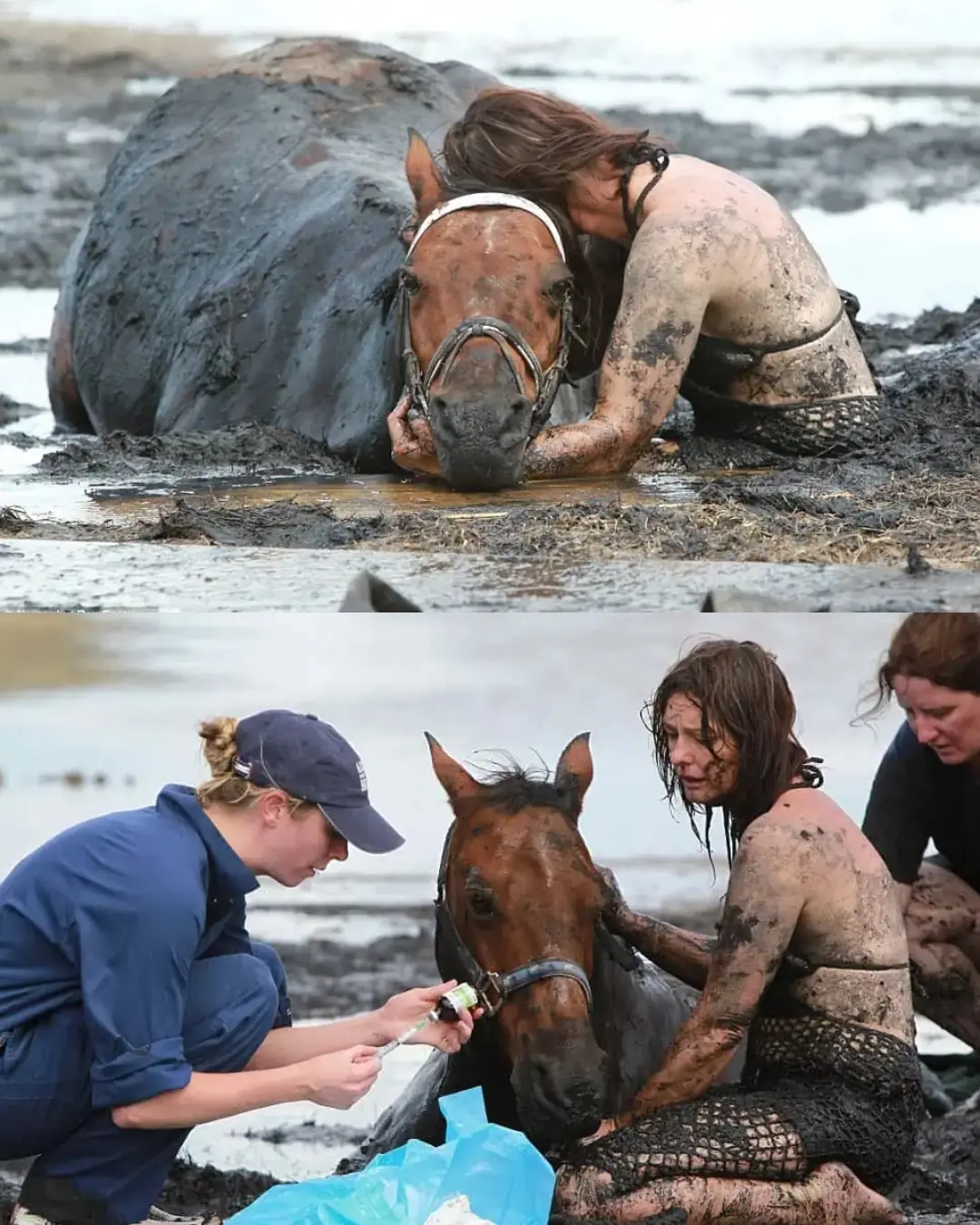
The Day a Mother Refused to Let Go — Nicole and Astro’s Fight Against the Tide.

Farewell to “Big Red”: A Police Dog Who Served With Courage and Retired With Love

“I Became Aware” — The Journey of a Young Man Who Refused to Be Defined by His Circumstances.

Carson’s Fight: A Four-Year-Old With a New Heart and Unshakable Faith

A Mother’s Love Without Borders.

A Stranger’s Gift: How One Small Act of Kindness Changed a Family’s Night

The Man on the Barn Roof: A Quiet Story of Loyalty, Work, and Grace.

Back on the Bench: An 85-Year-Old Man’s Remarkable Return to His Park and His Pups
